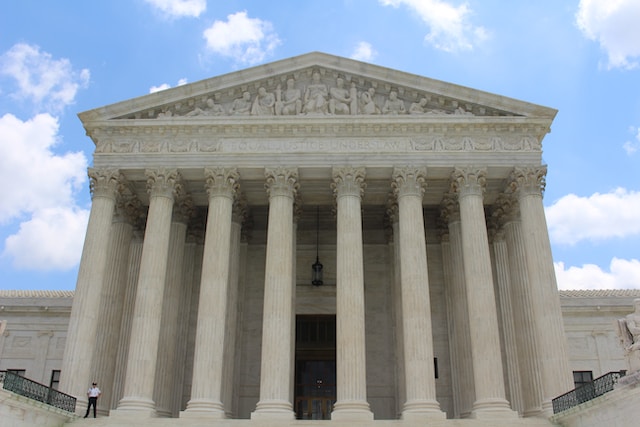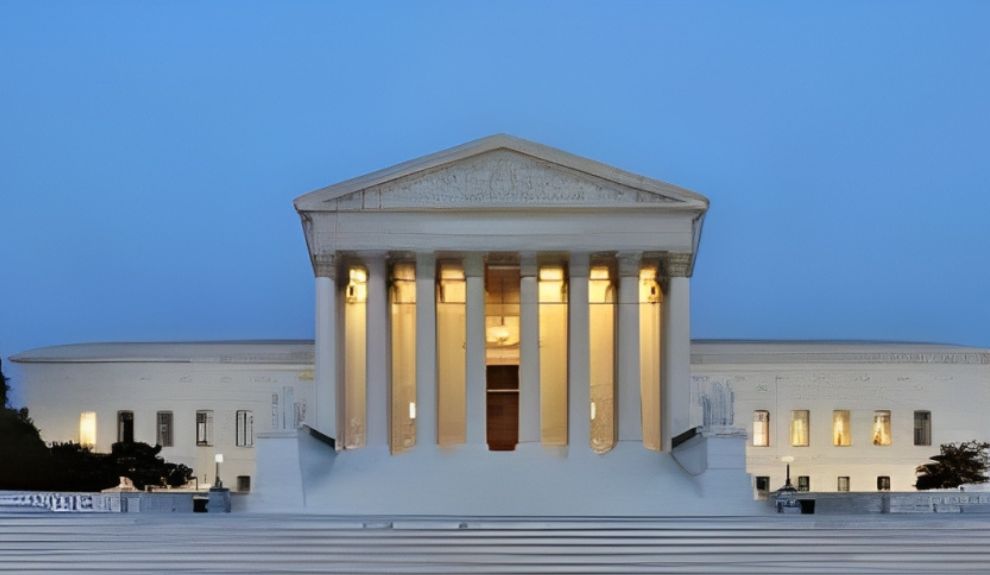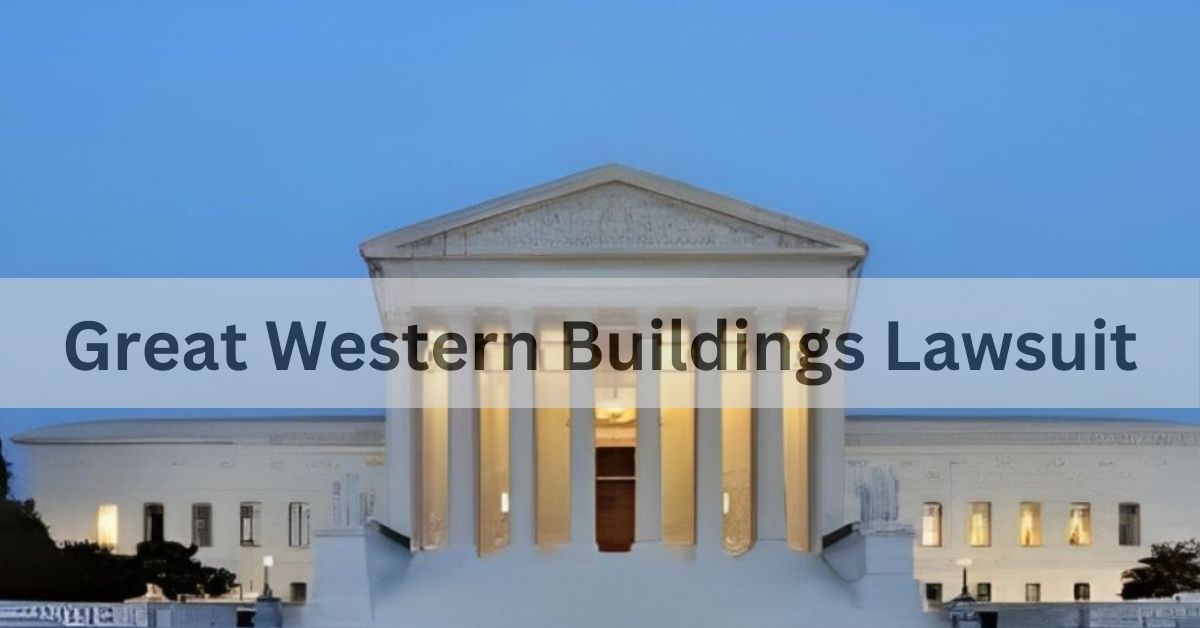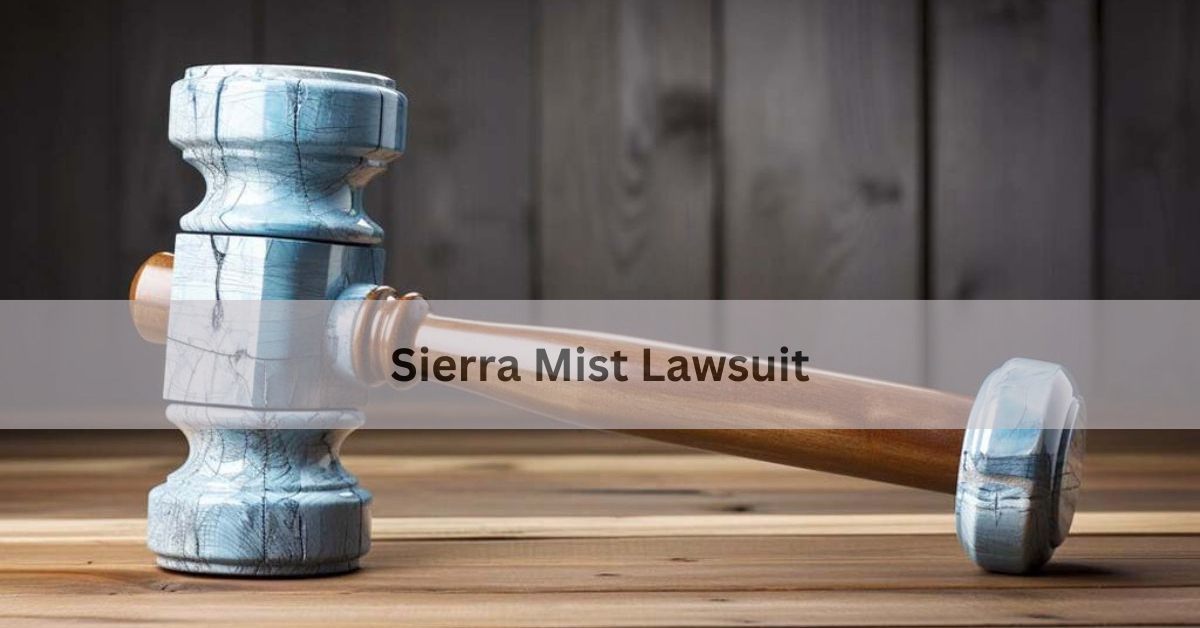Introduction to the Great Western Buildings Lawsuit and its Background:
The Great Western Buildings lawsuit has emerged as one of the most significant legal battles in recent real estate history. The controversy began when multiple customers filed complaints alleging fraudulent practices, substandard construction, and breach of contract.

Great Western Buildings, a well-known construction company, had built a reputation for delivering high-quality commercial and residential structures.
However, the growing number of dissatisfied customers led to a class-action lawsuit, casting a shadow over the company’s operations and its future in the industry.The roots of the lawsuit can be traced back to early 2020, when several clients began reporting issues with the structural integrity of their buildings.
These issues included foundation cracks, water leakage, and other significant defects that compromised the safety and usability of the properties. As the number of complaints grew, it became evident that the problems were not isolated incidents but indicative of deeper, systemic issues within the company’s construction practices.
Understanding the Lawsuit:
The lawsuit against Great Western Buildings is multifaceted, involving numerous plaintiffs who collectively allege that the company engaged in deceptive practices. Key allegations include misrepresentation of building quality, use of inferior materials, and failure to comply with building codes and contractual agreements.
The plaintiffs argue that Great Western Buildings knowingly concealed defects and misled customers about the true state of their properties.Court documents reveal that the plaintiffs are seeking significant damages for the cost of repairs, loss of property value, and compensation for emotional distress caused by the unsafe living conditions.
The legal team representing the plaintiffs has presented evidence suggesting that Great Western Buildings cut corners to reduce costs, resulting in the widespread issues reported by customers. This lawsuit not only questions the ethical practices of Great Western Buildings but also highlights the need for stricter regulations and oversight in the construction industry.
Read Also:Fragrant Brew Used in Traditional Medicine – Complete Guide!
Analysis of the Immediate Impact on the Real Estate Market:
The Great Western Buildings lawsuit has had an immediate and noticeable impact on the real estate market. Investor confidence in properties developed by the company has plummeted, leading to a decline in their market value. Real estate analysts have noted a cautious approach among potential buyers, who are now more diligent in inspecting properties and reviewing contracts before making a purchase.
This heightened scrutiny has also affected other players in the real estate market. Competitors of Great Western Buildings are experiencing a mixed response; some have benefited from the fallout by attracting cautious buyers looking for more reliable builders, while others are under increased pressure to demonstrate their commitment to quality and transparency.
The lawsuit has also prompted financial institutions to reassess their lending policies for properties associated with Great Western Buildings, making it more challenging for buyers to secure financing.
Examination of Legal and Regulatory Implications for Real Estate Professionals:
The lawsuit has significant legal and regulatory implications for real estate professionals. It has spurred a call for stricter regulatory oversight and more robust compliance requirements within the construction industry. Lawmakers and regulators are advocating for reforms that would increase transparency and accountability, aiming to prevent future incidents similar to those involving Great Western Buildings.
Real estate professionals, including agents, brokers, and construction companies, must now navigate a more rigorous legal landscape. This involves ensuring that all construction practices meet enhanced standards and that contractual agreements are fully transparent.
The lawsuit has also led to discussions about the need for more comprehensive consumer protection laws to safeguard buyers from deceptive practices and ensure that they receive properties that meet promised standards.
Read Also:Peso Pluma Height And Weight – Exploring The Life Of Peso Pluma!
Case Studies of Affected Properties and Their Recovery Strategies:
Several properties impacted by the Great Western Buildings lawsuit have implemented various recovery strategies to address the issues and mitigate losses. These case studies highlight different approaches taken by property owners to restore value and rebuild trust.
Comprehensive Structural Audits: Some property owners have hired independent engineering firms to conduct thorough structural audits. These audits identify all existing defects and recommend necessary repairs to bring the buildings up to code.
Repair and Renovation: Following the audits, many property owners have undertaken extensive repair and renovation projects. These efforts include fixing foundation cracks, addressing water leakage issues, and replacing substandard materials.
Legal Actions for Compensation: Affected property owners have also pursued legal actions to seek compensation for the cost of repairs and the diminished value of their properties. Successful claims have provided the financial resources needed to undertake necessary repairs.
Enhanced Quality Control Measures: In response to the lawsuit, some property owners have adopted stricter quality control measures to prevent future issues. This includes regular inspections and adherence to higher construction standards.
Community Outreach and Transparency: To rebuild trust with buyers and the community, some property owners have engaged in proactive communication and transparency. This involves sharing detailed information about the repairs and improvements made to the properties.
Expert Opinions and Predictions for the Future of Real Estate Post-Lawsuit:
Experts in the real estate industry predict significant changes in the aftermath of the Great Western Buildings lawsuit. The enhanced regulatory frameworks and a shift towards greater transparency and accountability are seen as inevitable outcomes. Industry professionals may adopt more rigorous quality control measures and ethical standards to regain public trust and avoid similar legal issues.

Increased Regulatory Oversight: Experts anticipate stricter regulatory oversight and more frequent inspections to ensure compliance with building standards. This will likely include more comprehensive documentation and certification processes for construction projects.
Improved Consumer Protection: There is a growing call for stronger consumer protection laws that hold builders accountable for the quality and safety of their properties. These laws would provide buyers with greater assurance and recourse in the event of defects or fraudulent practices.
Adoption of New Technologies: To enhance quality control and transparency, industry professionals may turn to new technologies such as blockchain for secure and transparent documentation of construction processes and AI for predictive maintenance and quality assurance.
Market Shifts: The lawsuit may lead to shifts in market dynamics, with increased demand for properties from builders with a proven track record of quality and reliability. This could also drive innovation and competition within the industry, as companies strive to differentiate themselves through superior standards.
Education and Training: There will likely be a greater emphasis on education and training for real estate professionals to ensure they are aware of and comply with new regulations and standards. This includes continuous professional development and certification programs.
FAQ’s:
1. What is the Great Western Buildings lawsuit about?
The Great Western Buildings lawsuit involves allegations of fraudulent practices, substandard construction, and breach of contract, leading to significant customer complaints and a class-action lawsuit.
2. When did the issues with Great Western Buildings begin?
The issues began to surface in early 2020, with clients reporting structural defects such as foundation cracks and water leakage.
3. What impact has the lawsuit had on the real estate market?
The lawsuit has caused a decline in investor confidence and property values associated with Great Western Buildings, prompting more cautious behavior among buyers and affecting competitors.
4. What legal implications does the lawsuit have for real estate professionals?
The lawsuit has led to calls for stricter regulatory oversight and compliance requirements, pushing real estate professionals to ensure higher standards and transparency in their practices.
5. What recovery strategies have affected property owners implemented?
Affected property owners have conducted structural audits, undertaken extensive repairs, pursued legal compensation, adopted enhanced quality control measures, and engaged in proactive communication to restore trust.
Conclusion:
The Great Western Buildings lawsuit has underscored the need for stricter regulations and transparency in the real estate industry. The case has led to decreased investor confidence and highlighted the importance of ethical construction practices. Moving forward, the industry must prioritize rigorous standards and consumer protection to regain public trust.
Read Also:



